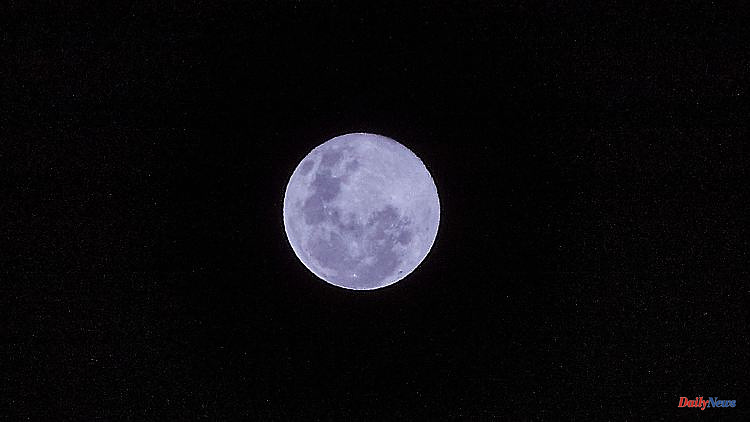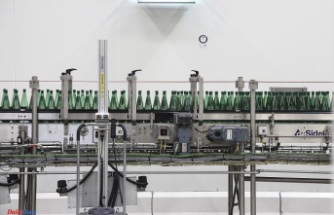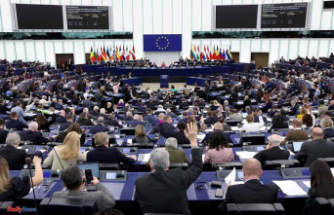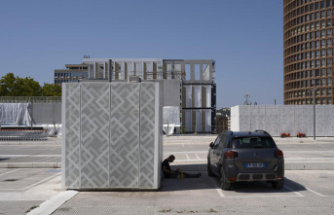Blocking one to two percent of the sun's rays would be enough to significantly reduce temperatures on Earth - according to the theory of US researchers. In a new study, they propose using lunar dust to achieve this. However, experts doubt the feasibility.
Desperate idea or realistic plan? In a recent study, US scientists have suggested using moon dust to combat global warming. Moon dust "blocks a lot of sunlight with little mass," said lead author of the study, Ben Bromley, published in the journal PLOS Climate. The researchers therefore believe it is possible to use lunar dust to cool down temperatures and thus cushion the effects of global warming.
According to the Intergovernmental Panel on Climate Change, global warming must be limited to 1.5 degrees Celsius compared to the pre-industrial age in order to prevent catastrophic consequences. Ideas for filtering solar radiation to protect against overheating have therefore been circulating for some time - they range from huge space-based umbrellas to the production of reflective white clouds. They were mostly met with skepticism.
However, since it has still not been possible to significantly reduce the greenhouse gas emissions responsible for global warming, geoengineering concepts, which have long been considered absurd, have recently become more and more important. In order to lower temperatures by one or two degrees Celsius, it would already be enough to block one to two percent of the sun's rays.
That could succeed with the help of moon dust - at least the researchers from the University of Utah and the Harvard-Smithsonian Center for Astrophysics are convinced of it. For their study, they transferred common methods for planetary exploration to the moon. They drew on findings that a lot of space dust is whirled up when new planets form.
Scientists then studied different types of dust in a variety of orbits. They wanted to find out which type of dust casts the most shadows. Computer simulations have shown that lunar dust "located at a gravitational point between the Earth and the Sun" works best, said physicist Bromley. For this, as much dust would have to be mined on the moon as in a large mining operation on earth.
However, the authors of the study emphasize that they were only concerned with calculating the potential impact - and not with the logistical feasibility. "We're not climate change experts or rocket science experts," Bromley said.
Experts who were not involved in the study praised the methodology, but doubted that the idea would actually work. "If you place the lunar dust mid-gravity between the Earth and the Sun, it can actually reflect heat," said Stuart Haszeldine of the University of Edinburgh. However, he likened the procedure to balancing "marbles on a soccer ball": within a week "most of the dust would fall out of orbit".
According to emeritus atmospheric scientist Joanna Haigh of Imperial College London, the study distracts from the real problem. She suggests that implementing such ideas could solve the climate crisis, she said. In truth, however, it only gives those responsible for it an excuse not to act.












